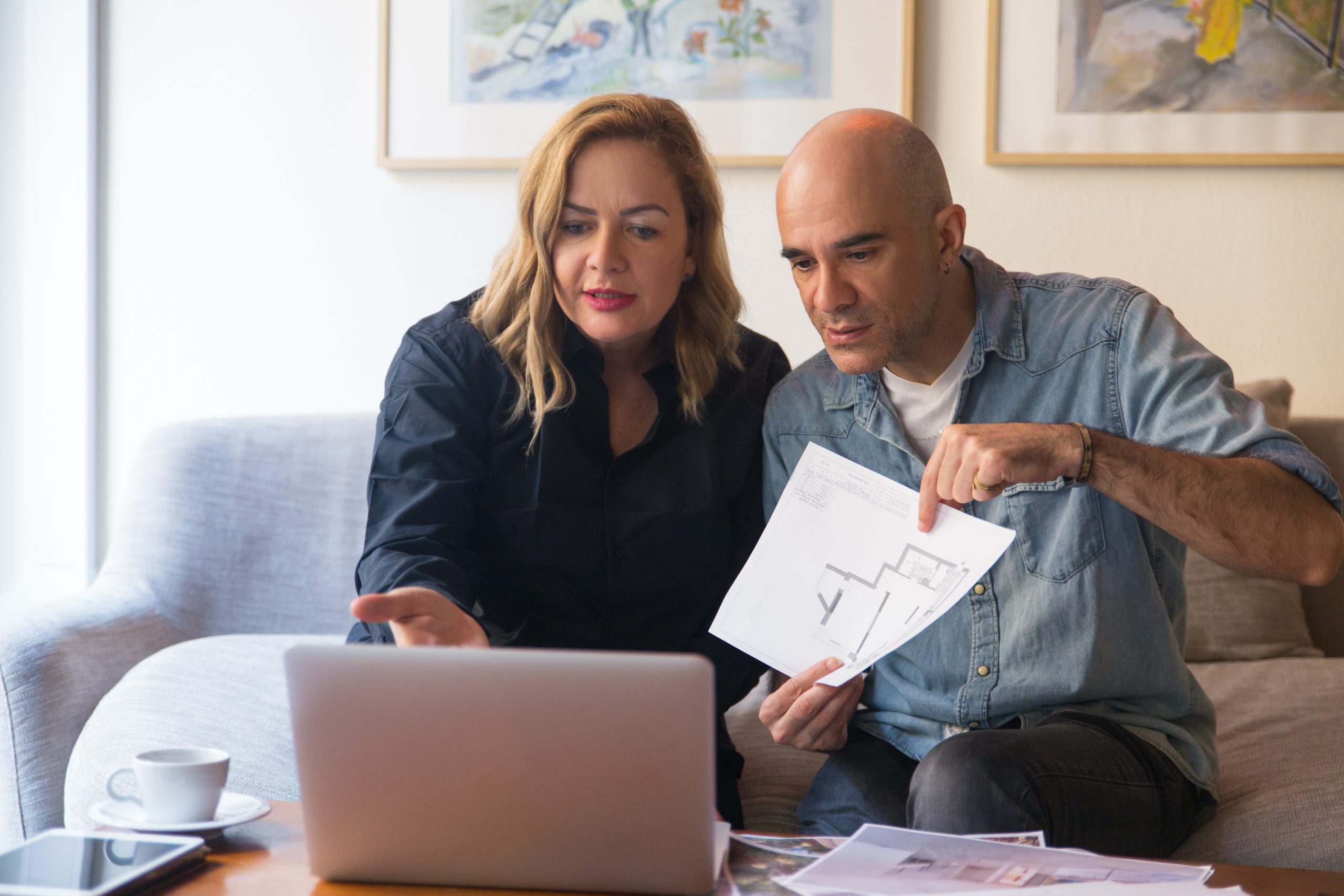
What are Investable Assets and How Can You Build Yours?
When you hear “Investable assets” what comes to your mind? In lay man terms, inevitable assets are financial instruments you can put your money into to try to make more money. It is like buying things that have the potential to grow in value or give you some extra income.
In a nut shell when you hear investable assets it simply refer to assets that individuals or institutions can invest in to generate potential returns or income over time. These assets are typically liquid in nature and can be easily bought or sold in the financial markets.
Some common examples of investable assets include:
- Stocks: Shares of ownership in publicly traded companies.
- Bonds: Debt securities issued by governments or corporations, representing loans with fixed interest payments.
- Mutual Funds: Pooled funds managed by professionals, investing in a diversified portfolio of stocks, bonds, or other securities.
- Exchange-Traded Funds (ETFs): Similar to mutual funds, but traded on stock exchanges like individual stocks.
- Real Estate Investment Trusts (REITs): Companies that own, operate, or finance income-generating real estate properties.
- Commodities: Physical goods like gold, oil, or agricultural products that can be traded on commodity exchanges.
- Cash and Cash Equivalents: Highly liquid assets such as money market funds or Treasury bills.
The following examples of investable assets can be part of a well-diversified investment portfolio and can vary in terms of risk, return potential, and liquidity. However, it’s important for investors to understand their risk tolerance and financial goals when choosing which investable assets to include in their portfolio
Why are Investable Assets Important to Have?
Want to know why investable assets are important to have whether as an individual or institution? Well, to invest in shares, stocks or bonds etc financial advisors would want to know how much money you have available to invest as the more money you have the more you can invest.
Also, for banks and loan lenders to approve your application for a loan, they will need to observe your financial assets to see if you can be able to pay back within the due period. And if you have more investable assets, they will see you as someone who can handle financial emergencies and are more likely to repay the debt. That being said, having more money on hand can be helpful for both investing and getting loans in the future.
Here are other reasons why you should consider having investable assets:
- Investable investments provide an opportunity for your money to grow over time.
- Diversifying your investments can provide a safety net against economic downturns or unforeseen events.
- Investable assets are crucial for building a nest egg for retirement.
- Whether it’s buying a home, funding education, or starting a business, investable assets can help you reach your financial goals faster by generating potential returns.
- Keeping money in low-interest savings accounts may not keep up with inflation. Investing allows you to combat the eroding effects of inflation and preserve the purchasing power of your money.
- Certain investments, like dividend-paying stocks or real estate properties, can generate passive income streams, providing additional financial stability and freedom.
- Investable assets can be passed on to future generations, creating a legacy and helping your family secure their financial future.
How Do You Calculate Total Investable Assets?
To calculate total investable assets, start by making a list of all your assets, including cash, savings accounts, checking accounts, investment accounts (stocks, bonds, mutual funds), retirement accounts (like 401(k) or IRA), real estate properties, and any other valuable possessions like valuable collectibles or artwork.
After that, identify any assets that you can’t easily convert into cash for investing purposes. For example, your primary residence or personal items like your car and household goods. These are not considered investable assets.
Add the values of all the investable assets you listed in step 1 and exclude the non-investable assets from step 2. The sum of the investable assets will give you your total investable assets.
For example (Show full working)
- Cash in checking account = $5,000
- Savings account balance = $10,000
- Investment account = $20,000
- Retirement account = $30,000
- Real estate property value = $200,000
- Car and household items = Not included as they are non-investable assets.
Total investable assets: $5,000 + $10,000 + $20,000 + $30,000 + $200,000 = $265,000
So, in this example, the person’s total investable assets would be $265,000.
How to Build Your Own Investable Assets
Building your own investable assets requires discipline, planning, and time. Here are some steps to help you get started:
Budgeting and Saving
Create a budget to track your income and expenses. By spending less than you earn, you can save money regularly. Saving is the foundation for building investable assets.
Pay Off High-Interest Debts
Prioritize paying off high-interest debts, such as credit cards or personal loans. Reducing debt will free up more money to invest.
Emergency Fund
Build an emergency fund with enough money to cover 3-6 months’ worth of living expenses. This fund will provide a safety net, so you don’t need to dip into your investments during unexpected financial challenges.
Start Investing Early
The power of compounding works best over time, so start investing as early as possible. Consider retirement accounts like 401(k) or IRA, as they offer tax advantages.
Diversify Your Investments
Spread your investments across various assets like stocks, bonds, real estate, and mutual funds. Diversification reduces risk and increases potential returns.
Regular Contributions
Make consistent contributions to your investment accounts, even if it’s a small amount. Regular investing helps you take advantage of dollar-cost averaging.
Seek Professional Advice
Consult with a financial advisor to develop a tailored investment strategy based on your goals, risk tolerance, and time horizon.
Avoid Emotional Decisions
Investing requires patience and a long-term perspective. Avoid making impulsive decisions based on short-term market fluctuations.
Continuously Educate Yourself
Stay informed about financial markets and investment options. Knowledge empowers you to make better investment decisions.
Reevaluate and Adjust
Periodically review your investment portfolio and financial goals. Adjust your strategy as needed to align with changes in your life circumstances.
Differences Between Financial Assets and Investable Assets
Financial assets typically refer to a broader category of assets, including both investable and non-investable assets. These could include personal possessions, real estate, or even certain financial instruments that may not be easily tradable or liquid.
Investable assets, on the other hand, specifically refer to assets that can be readily bought, sold, or traded in the financial markets, such as stocks, bonds, mutual funds, ETFs (Exchange-Traded Funds), and other securities.
Here is a table representation showing the differences between financial investments and investable assets:
| Financial Assets | Investable Assets |
| Broad category of assets | Tradable in financial markets |
| Includes non-investable assets (e.g., personal possessions) | Easily bought, sold, or traded |
| Can be tangible or intangible | Typically have established market prices |
| May not have immediate liquidity | Subject to market fluctuations |
| Can include real estate | Often regulated by financial authorities |
| Include insurance policies | Available for investment portfolios |
| Can have long-term holding periods | Can be diversified to manage risk |
| Examples: Real estate, personal possessions, insurance policies | Examples: Stocks, bonds, ETFs, mutual funds |
Conclusion
In summary, investable assets are assets that have the potential to generate returns over time. These can include stocks, bonds, real estate, and more. Building a diverse portfolio of investable assets is crucial for long-term financial growth and stability.
However, by carefully considering your risk tolerance, financial goals, and time horizon, you can make informed investment decisions. Start by setting aside a portion of your income for investments, and gradually increase your holdings as you gain confidence and knowledge. Remember to conduct thorough research, seek professional advice if needed, and stay disciplined in your investment strategy to maximize the potential for positive outcomes.
I hope you learned a thing or two from this article!

